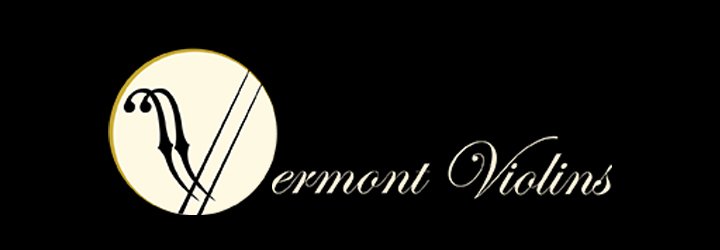ARCUS BOWS FOR SALE
The Most Beautiful Sound | Incredible Lightness / Ease | No More Fatigue and Pain | Safe, Robust, and Perfectly Reliable
First: you can find a longish blog we’ve written on the topic here
but let’s try to make this as simple as possible!
Understanding the Four Classes of Arcus Bows
In a nutshell, the four classes differ in weight and stiffness. The combination of these factors create different playing experiences…and pull unique tones from your instrument.
S: The S series produces a brilliant tone. It works wonders when it comes to older, darker instruments by helping to bring out a bright sound that it otherwise may not be capable of producing. The S series combines strength and lightness that allows a player to cut through a thick orchestra texture or keep a grand piano in check even when the acoustics are not ideal.
T: The T series is a darker bow that pairs well with well with modern instruments. The T series is a great introductory bow for the Arcus line.
M: The sticks of the M bow are the most flexible, therefore this is recommended for warmer sounding instruments. This flexibility makes the M series perfect for classical or baroque music.
P: The P series is full rich and powerful. A player will find it easy to draw a meaty, dense and melancholic sound with this series. The P series is a few grams heavier than the S series which gives them additional stability on the strings and great traction. These pair particularly well with older instruments from the 19th century that have a nice bright tone.
Follow this navigational guide to select your Arcus Bow:
Each series (STMP) of the bows are rated in quality from 3 to 9. All the bows within the series will have comparable weights and stiffnesses, but the higher rated ones are more consistent in wall thickness, material density, and tonal resonance than the lower rated ones. This is mostly a matter of budget…the higher you go will land you with better mounting metals and more consistent playing. The differences do become quite subtle so whether you experience the difference will depend on your playing abilities, experience and the complexity in harmonic response of your particular instrument.
If money is no object and you are someone who only want the best, go with higher lever bows.
Octagonal bows cost the same as Round bows, so this is again a choice made based on the player’s style. An octagonal bow is generally more agile and lively: faster with a quicker response. It can also offer more power.
A Round bow can be steadier and more even, though they can play with less power and livelihood.
Arcus suggests that a round bow is better for the beginner player while an octagonal bow is better for the more advanced bowstrokes of a more experienced player.










